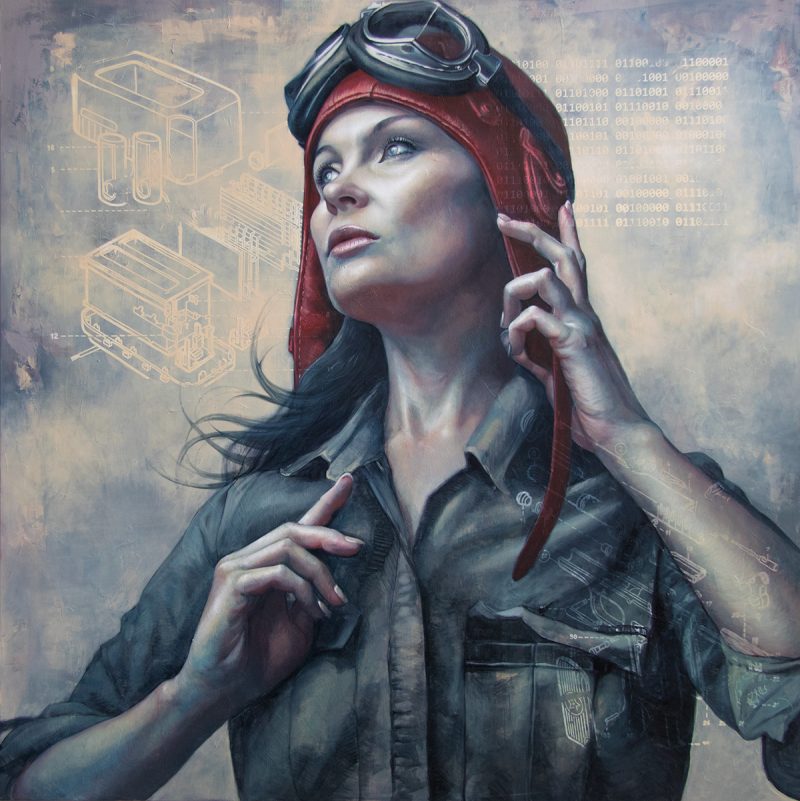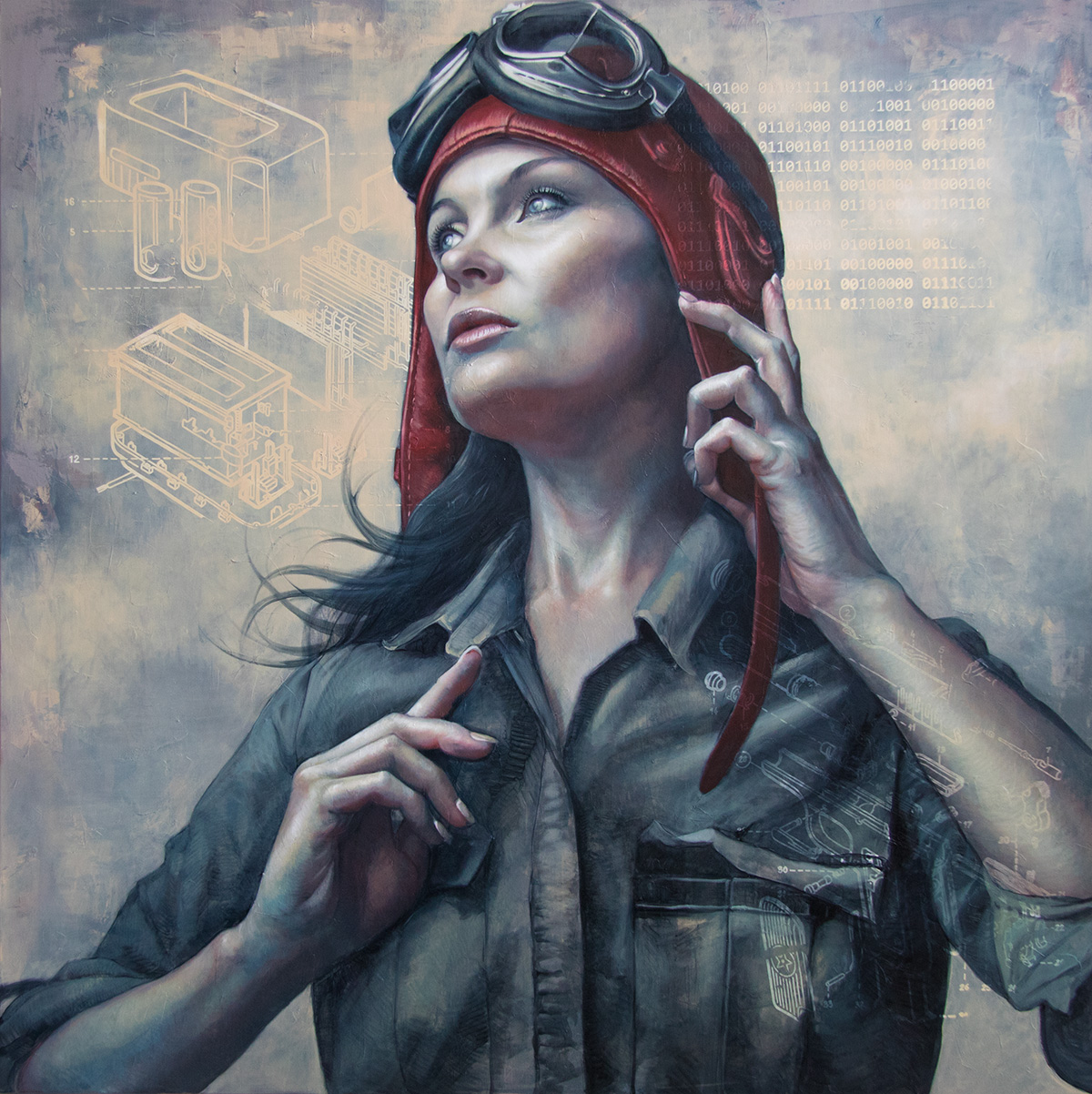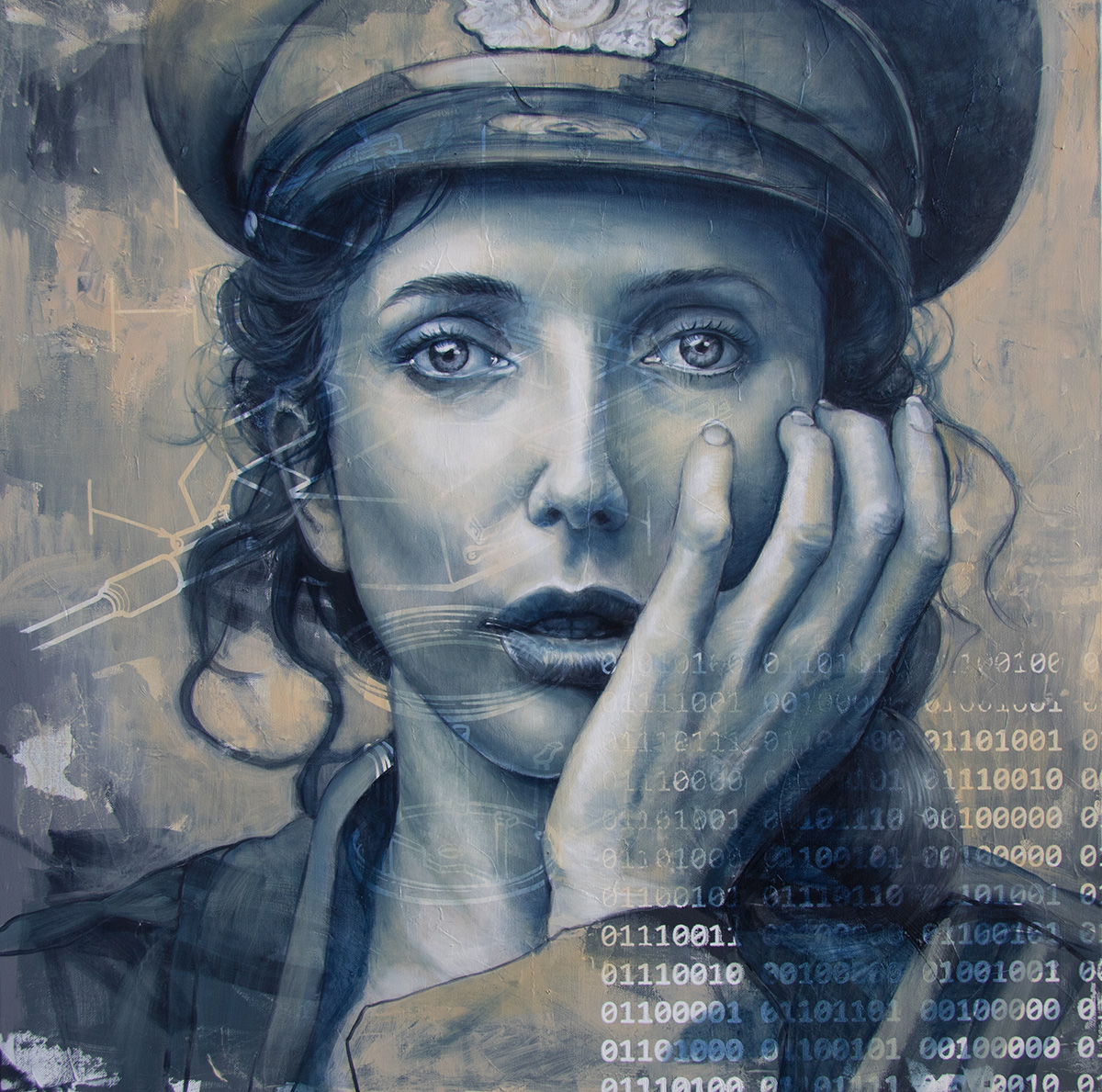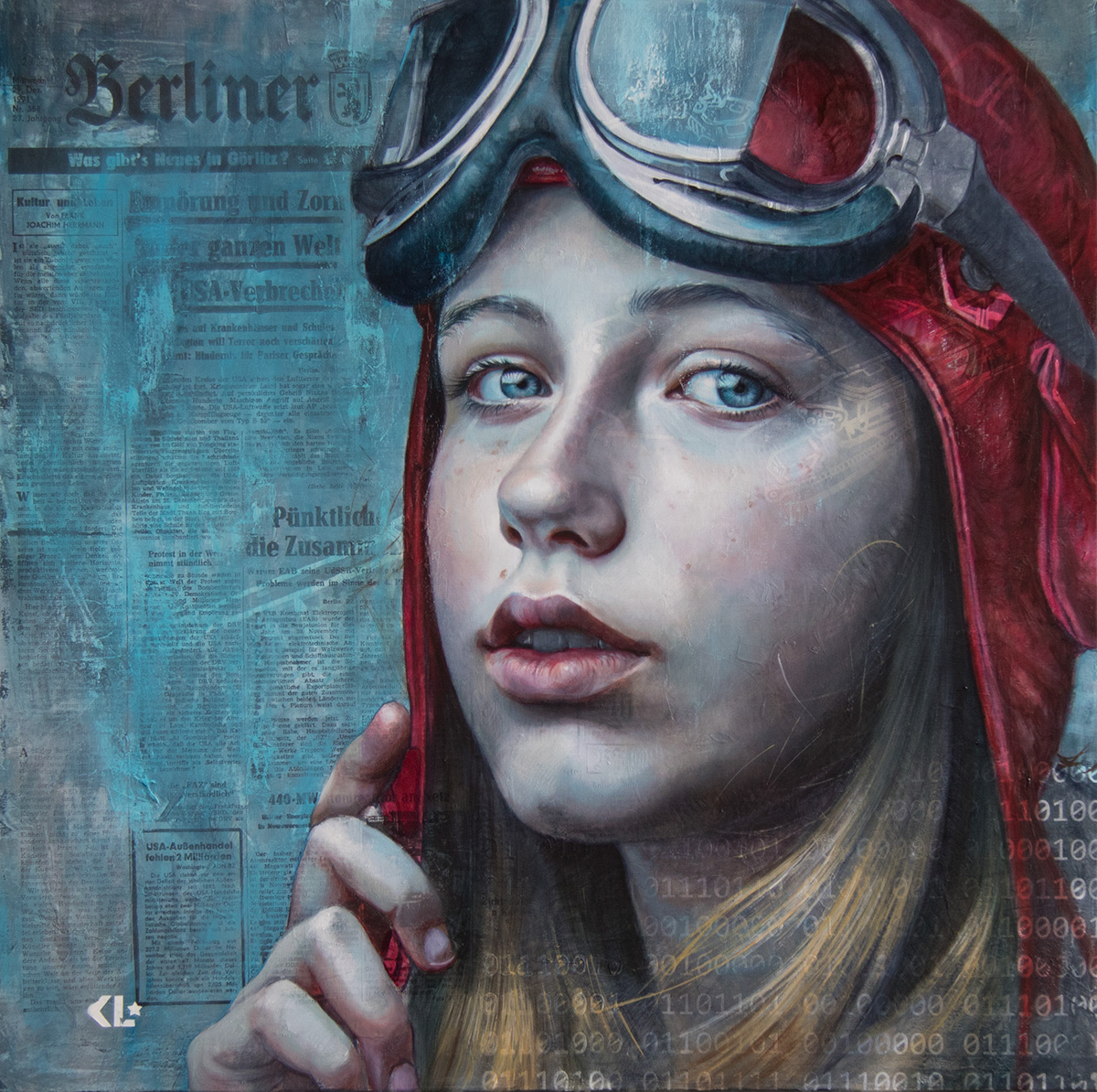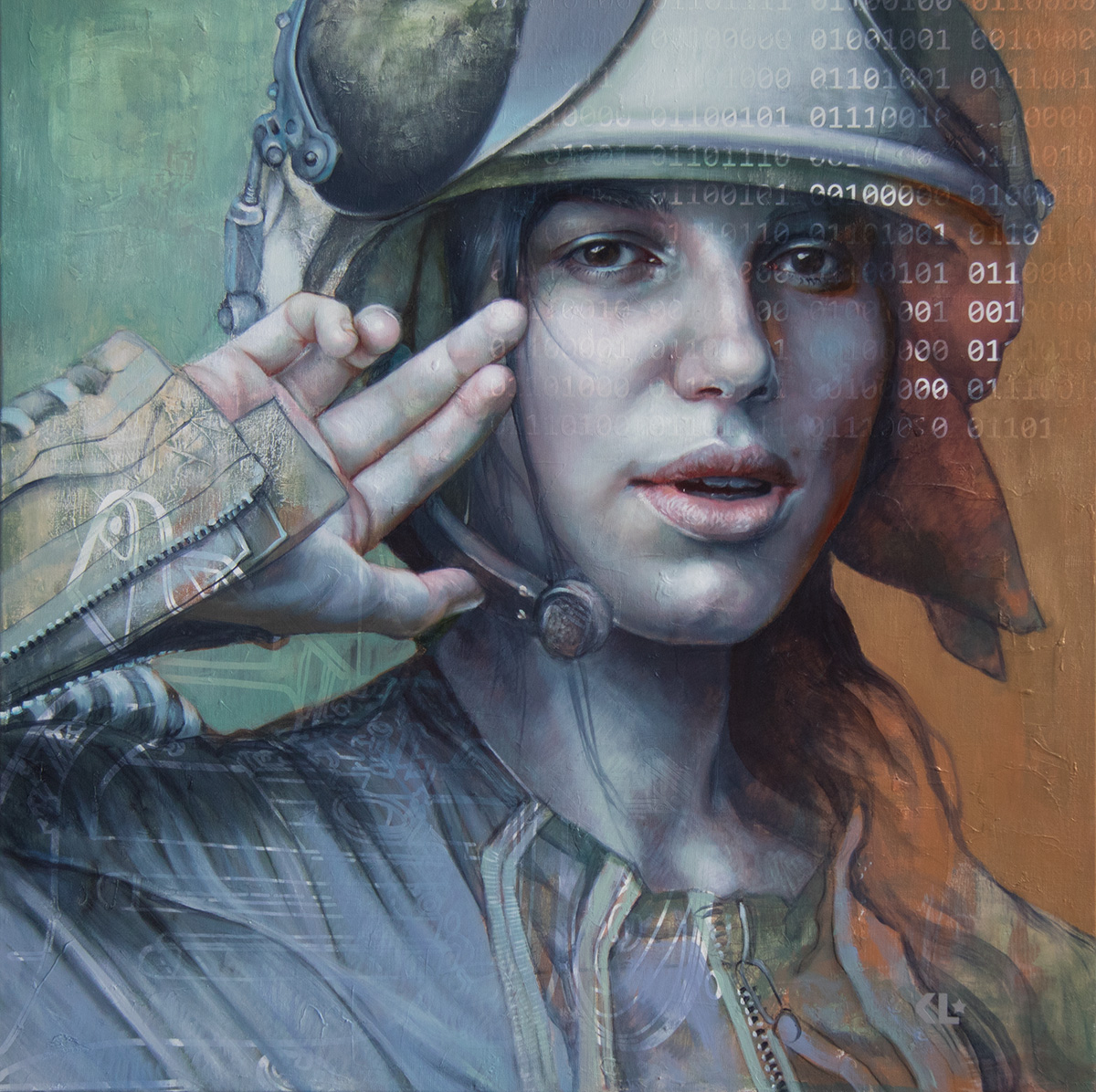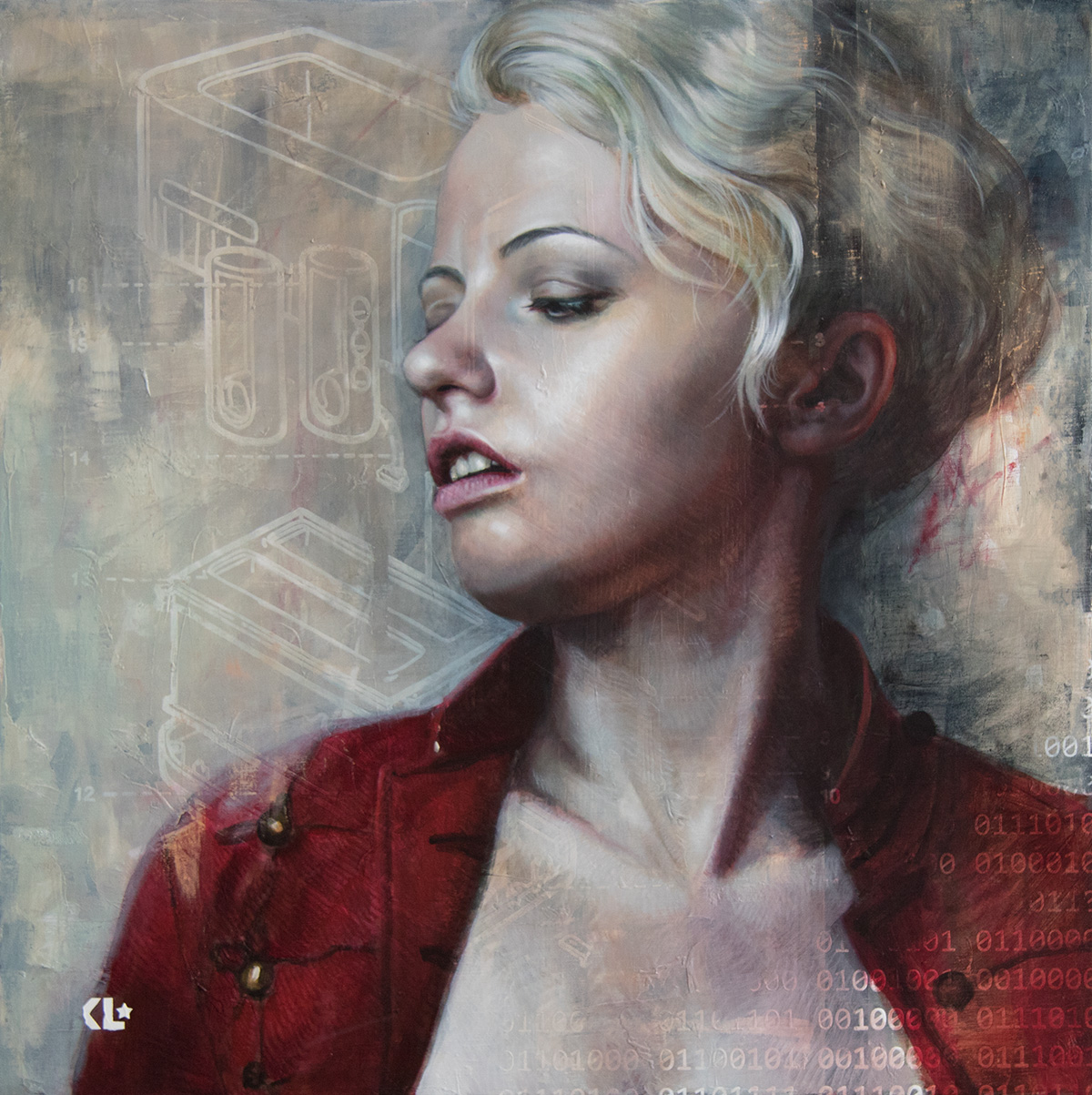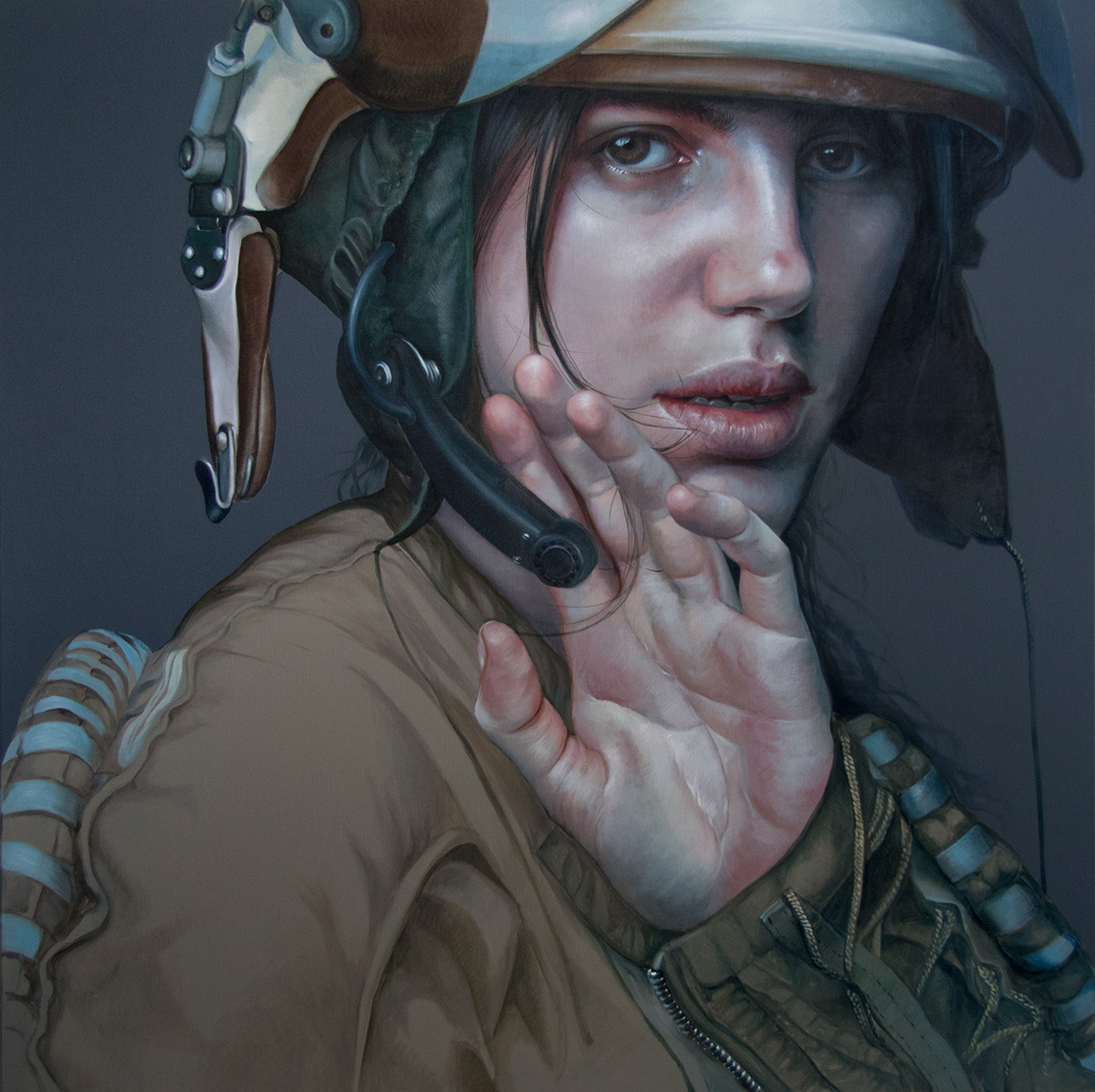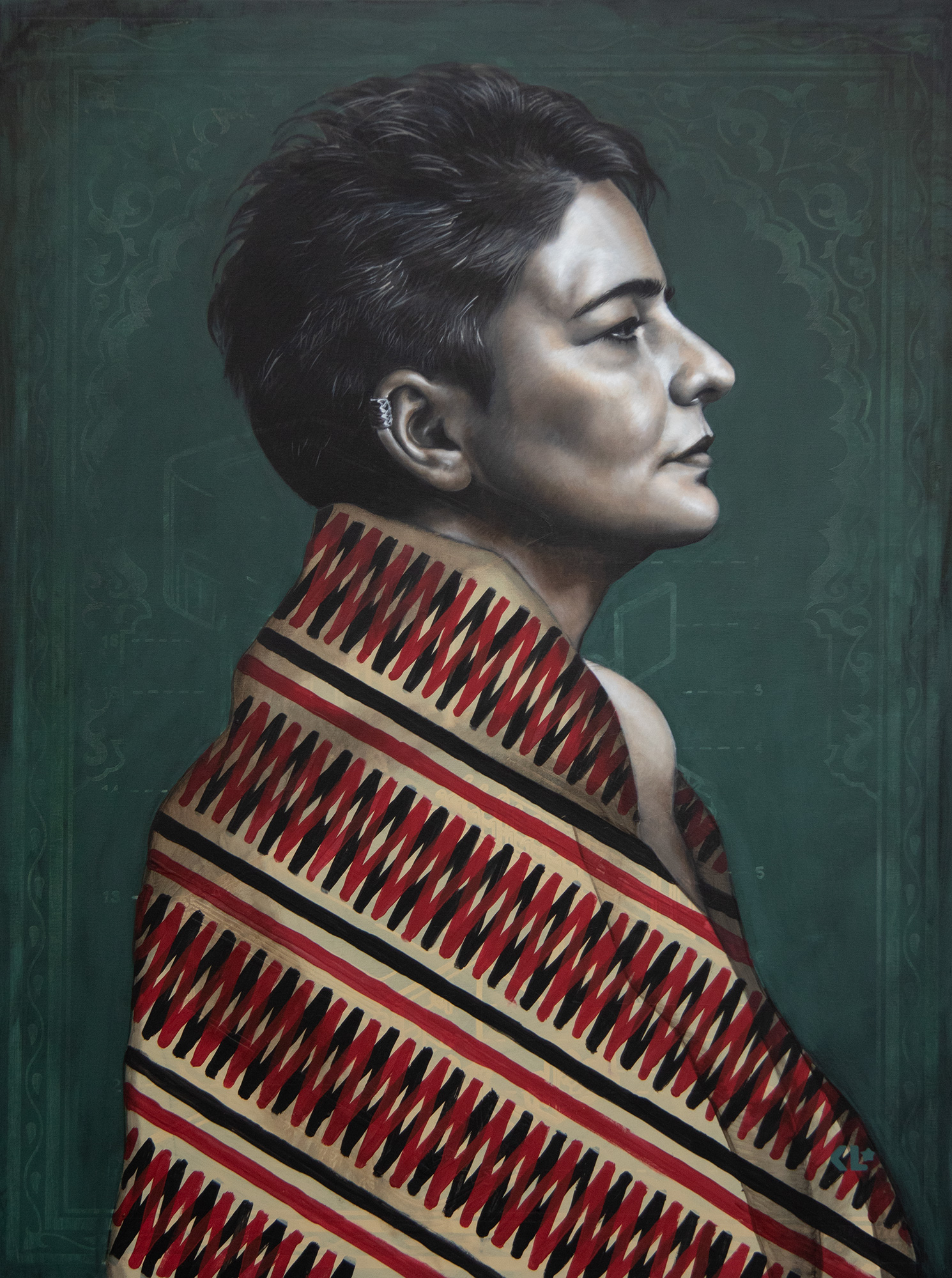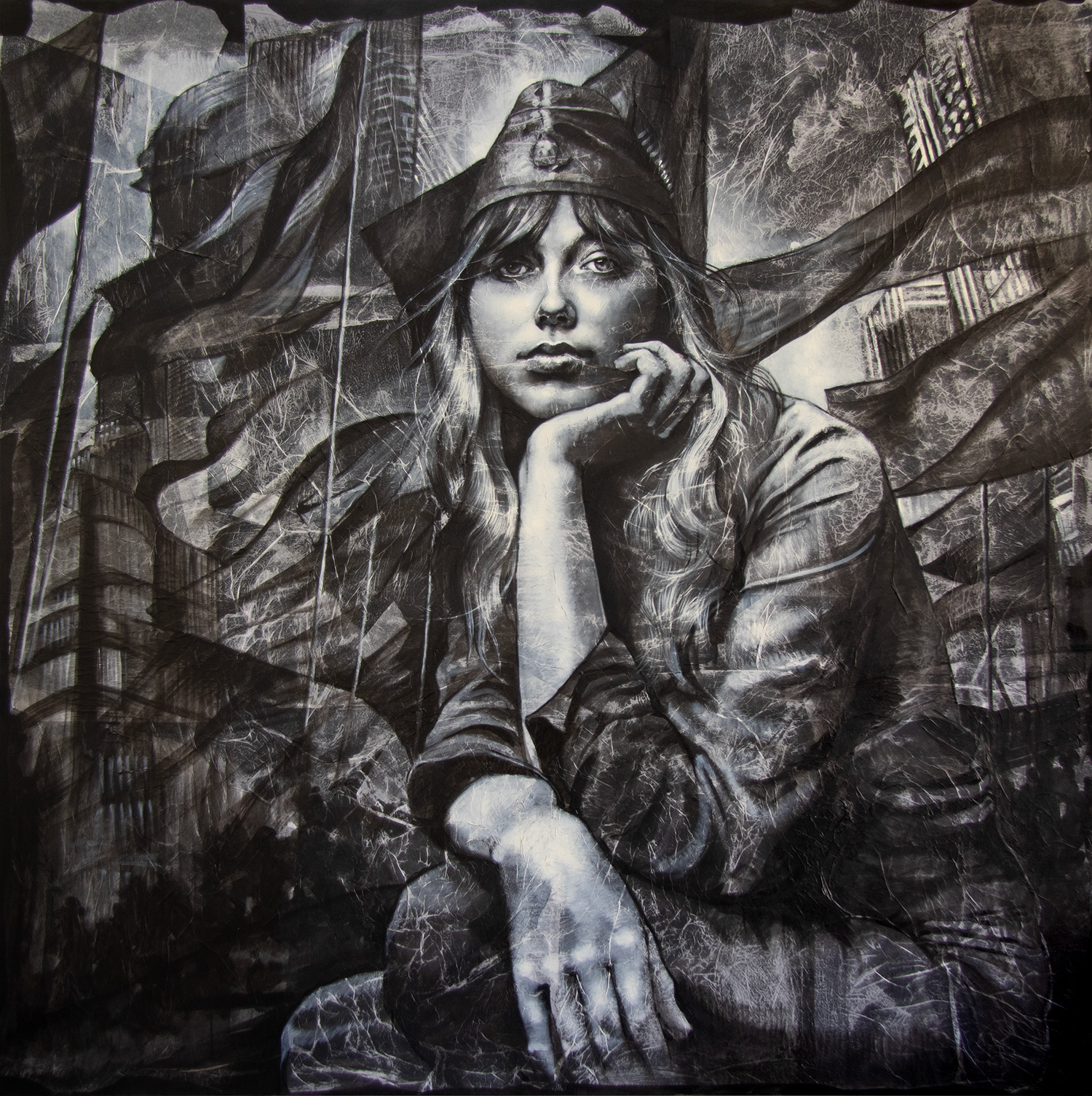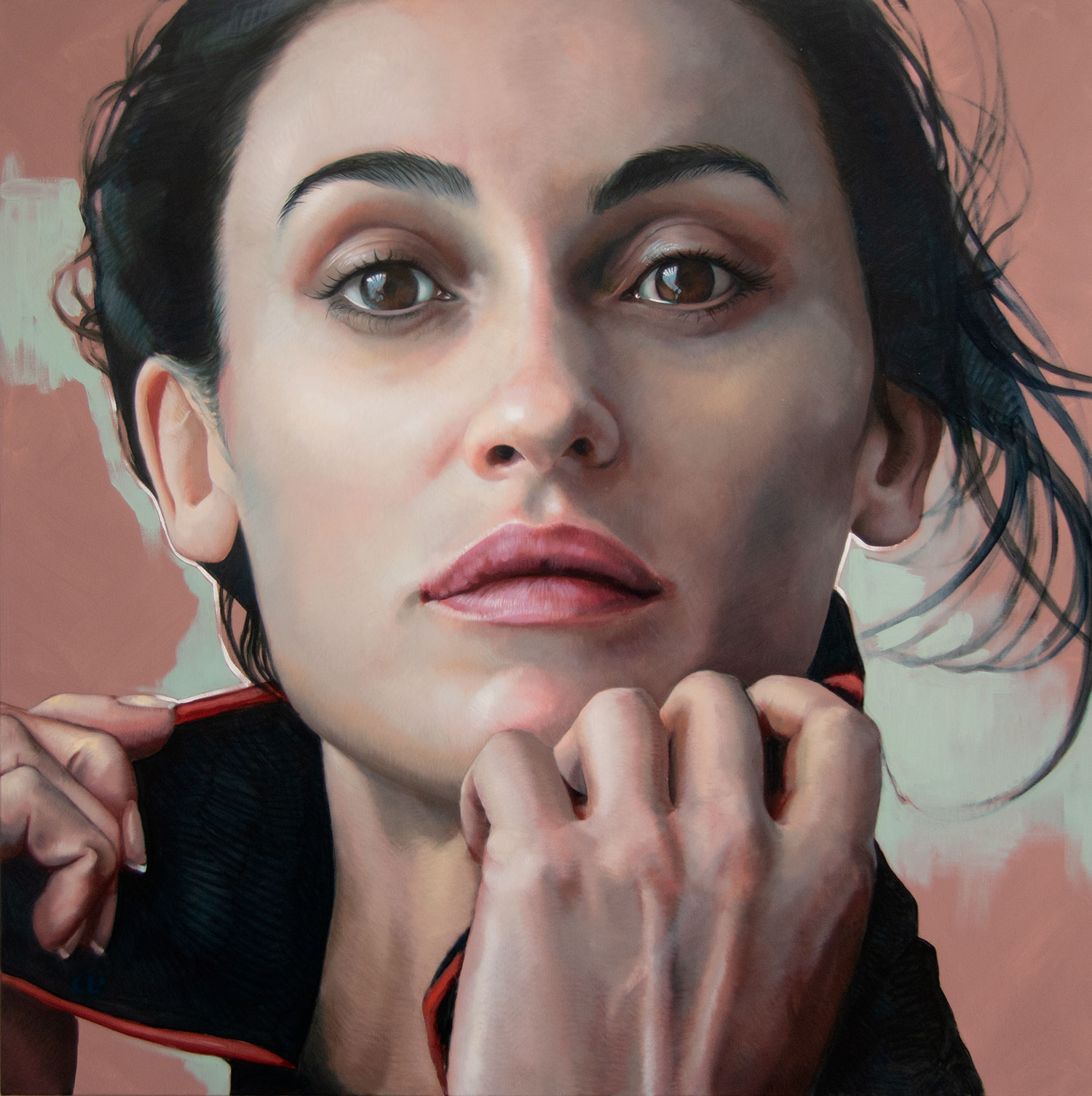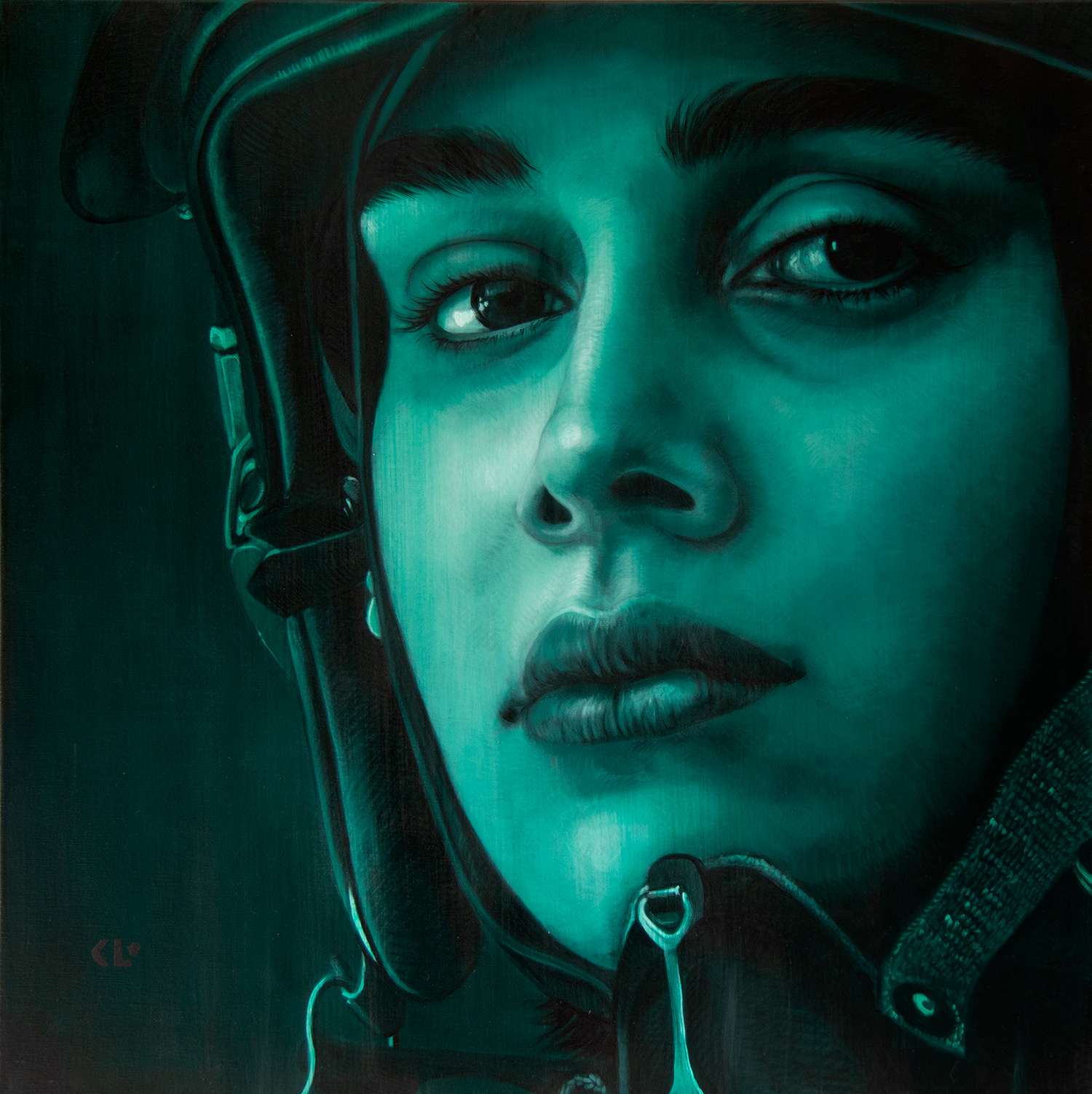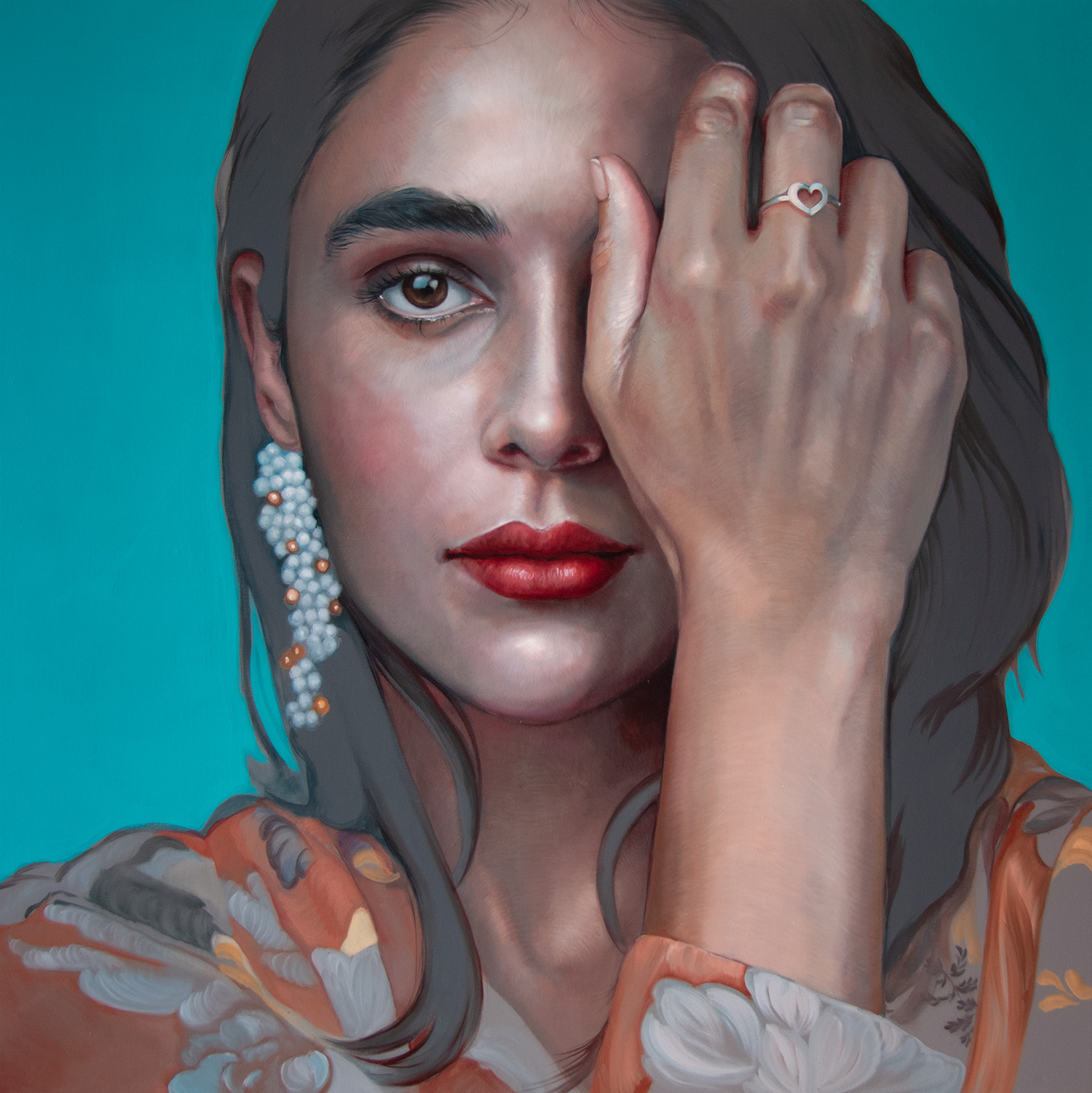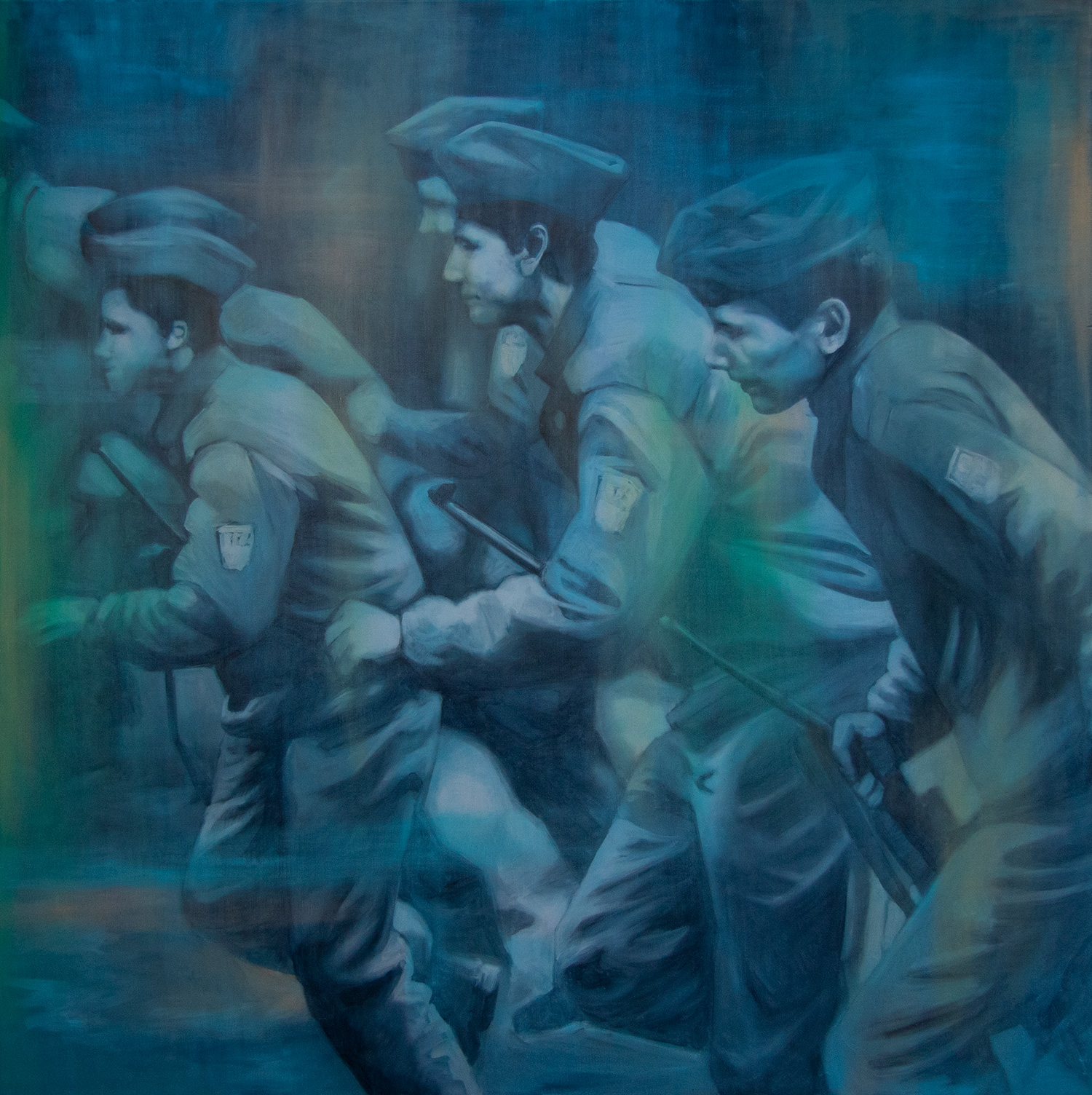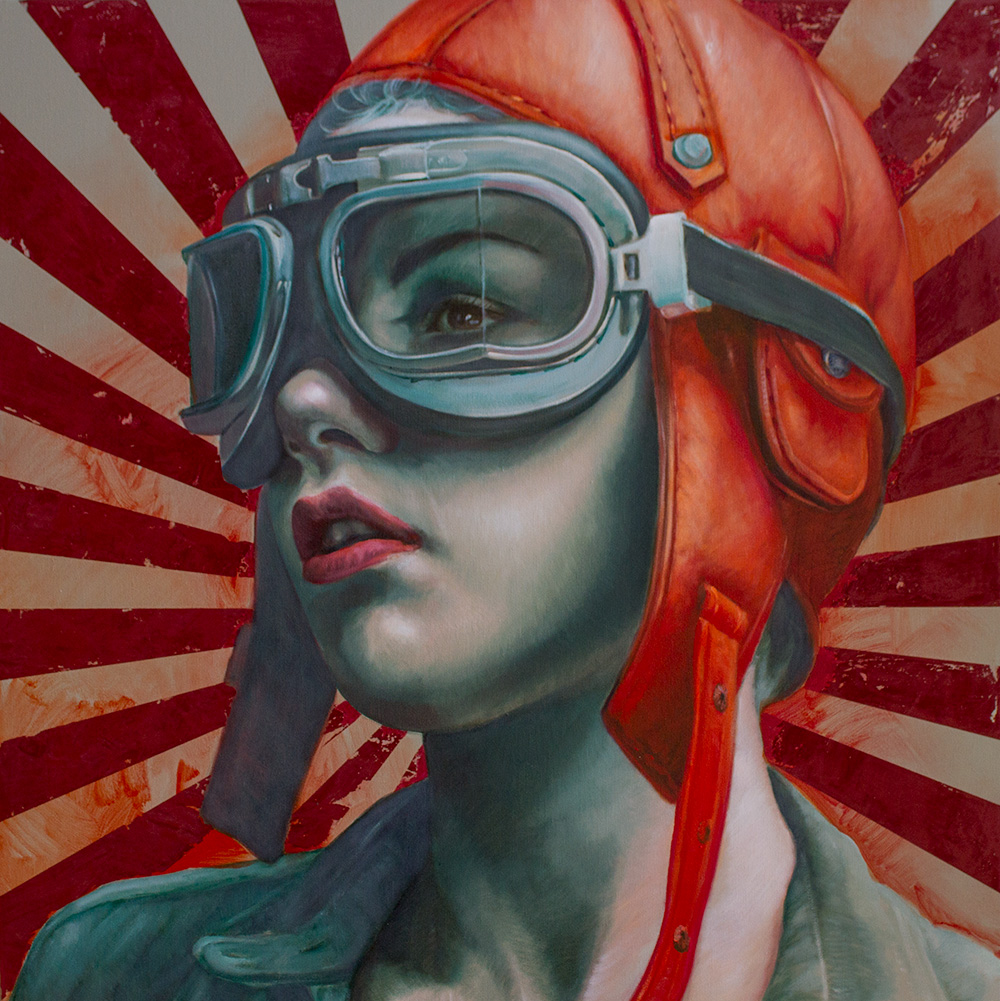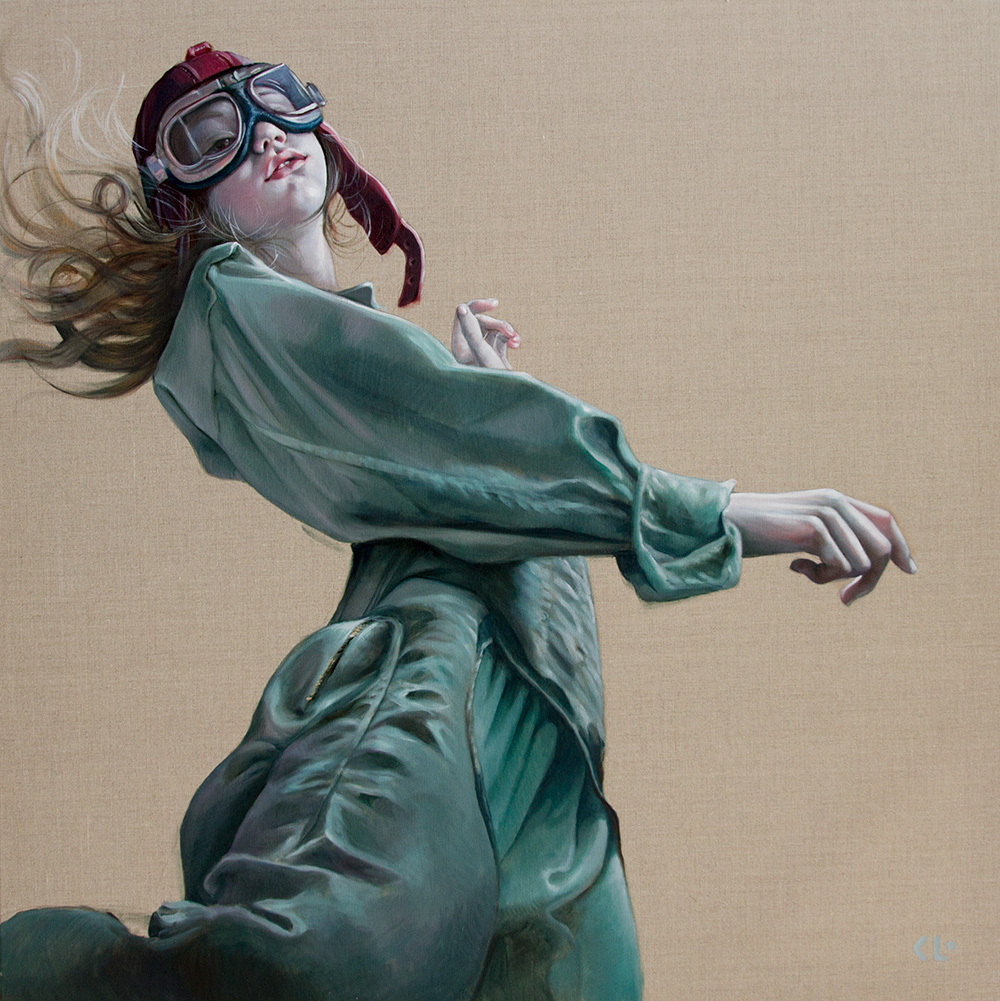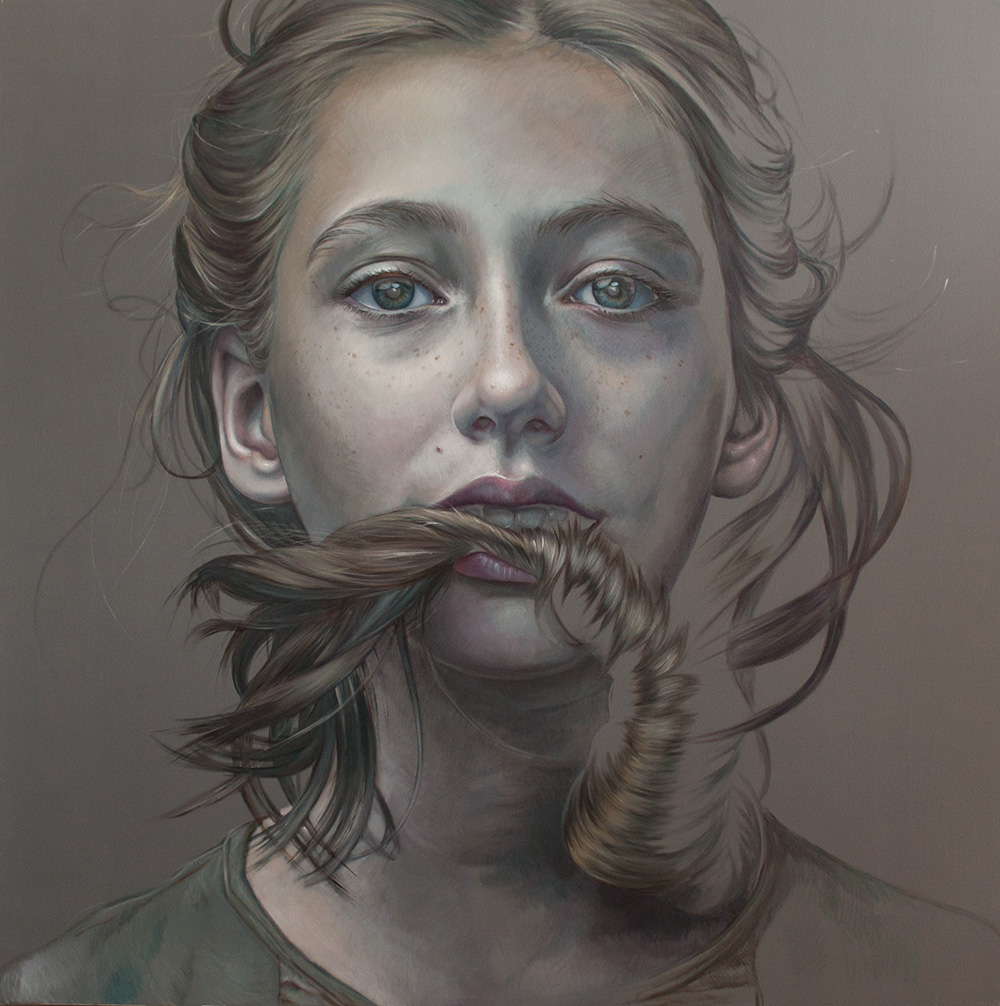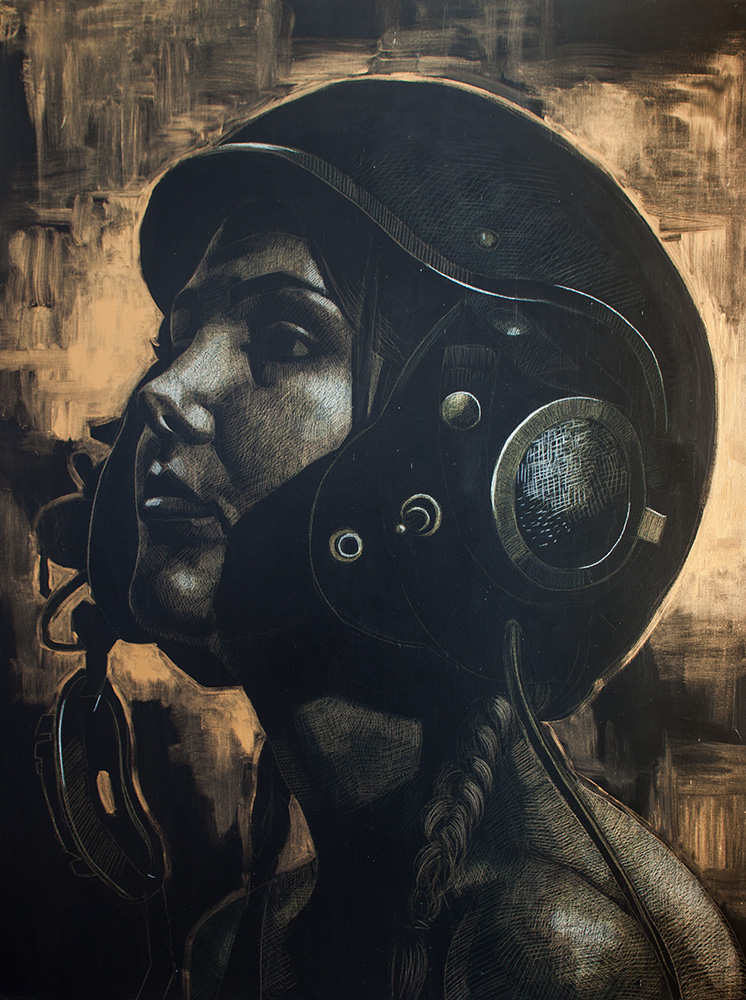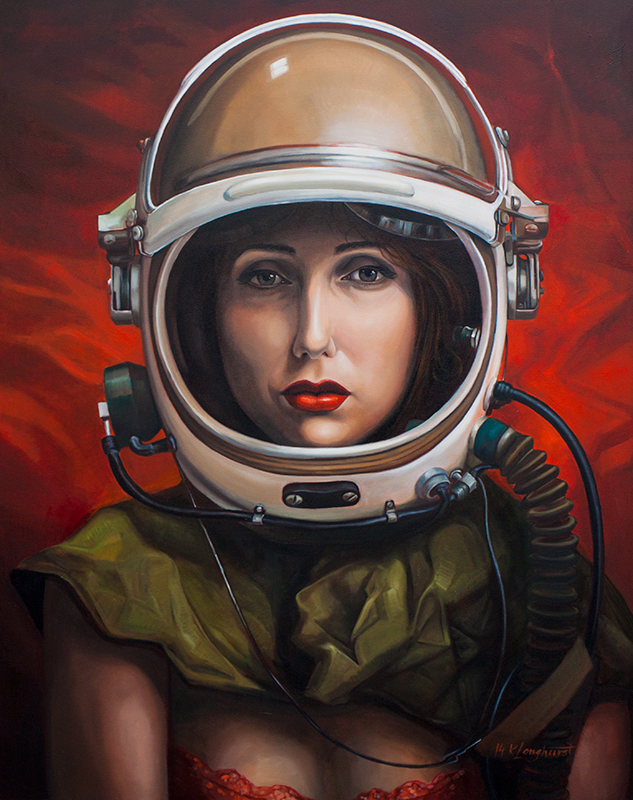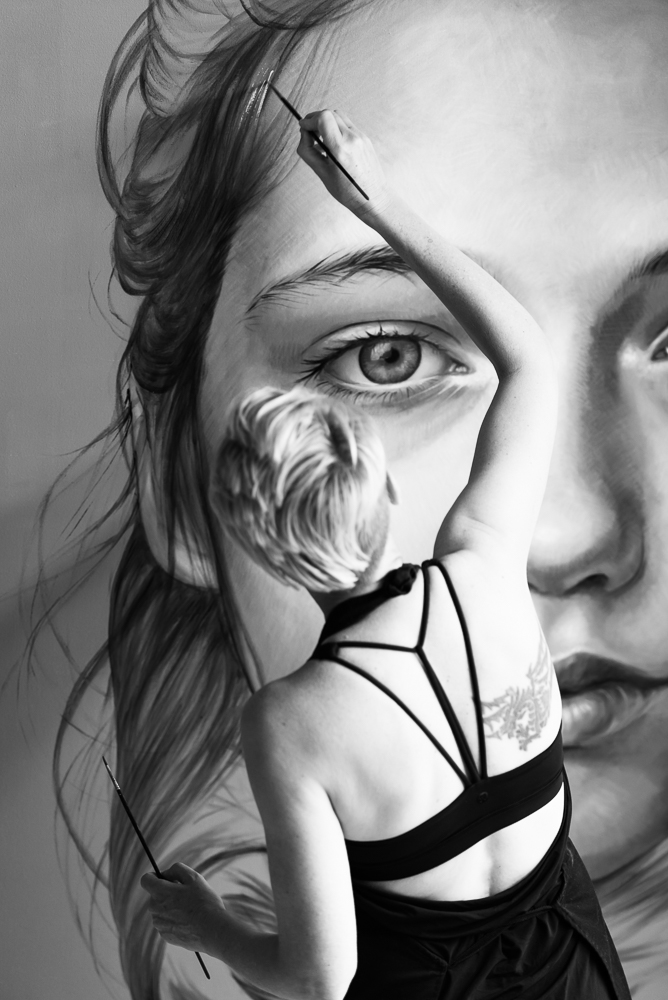Exhibition Essay by Joey Hespe
“Standing Strong” July 2020
To truly see Kathrin Longhurst’s work is to be moved by something invisible; a sense of wonder that seeps through her portraits and pervades deep down into the very core of the viewer. To scratch at the surface of her paintings and unravel the significance of her heroines’ stories is to understand her story. As someone who vehemently supports other women, Longhurst isn’t afraid of calling out unequal power structures; she doesn’t just investigate oppression and solidarity, it’s part of who she is. As a child of Cold War former East Germany, Longhurst lived through displacement and oppression, where Soviet regime and anti-Western propaganda informed her early ideals. Longhurst’s response to her past traumas and the inequality and injustice in our world is communicated through archetypal warriors who play heroic protagonists in her deeply personal visual novel.
Standing Strong reconsiders Longhurst’s previous themes on women needing to take a masculine stance to gain equality over patriarchal power structures, and instead suggests that what the world needs right now is the embodiment of the feminine. As allegories of the human condition and the current state of the planet, her heroines personify morality and call into question countless discrepancies that weep for us to stand strong together. If the role of the artist is to draw attention to gaps in their view of the world, then Longhurst shows us just how broad the Conflict paradigm really is. The recent destruction of sacred Indigenous land that held 46,000 years of artefacts in the Pilbarra to mine for iron ore, the Black Lives Matter, Me Too and Climate Change movements, countries politicising the outbreak and spread of COVID-19; the choosing of money and ego over precious human life. Longhurst’s heroines portray the suffering of the feminine in all of us and our propensity to turn away when things get too uncomfortable to face.
Flowing tendrils of hair; the poetic expression of freedom and owned sexuality peek out from behind open helmet straps. Their military shirts unbuttoned as if having just returned from battle, her heroines communicate through subverted gazes and heavy stares that have witnessed too many injustices. Instead of yelling ‘We Want You!’, they whisper through clipped tones, ‘I’m exhausted, I can only do so much’. They ask each of us to consider how much more the Earth can take before precariously tumbling from its axis and toppling somewhere into the ether.
Although tragedy underlies every heroes story, Longhurst communicates that the road to healing can only come if we choose human defiance; love over greed, life over loss, solidarity over conflict. But we can only do this if we open our eyes and stand strong together. Perhaps said best in her own words, ‘we live in devastating times and never has the approach to solving a crisis brought our inherent values into focus as now. It is a reminder to take time out to reflect, be compassionate and respond with love and empathy. Because when all of this is over, we will be standing stronger than ever.’
